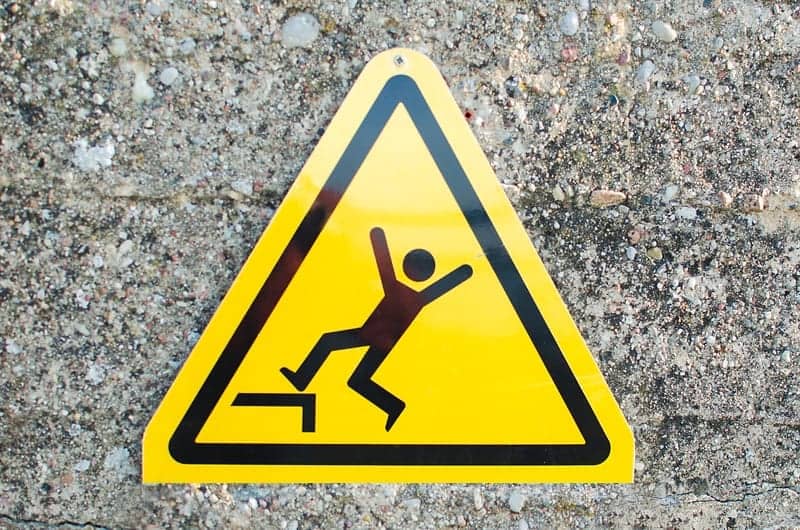Summary:
For the 15th consecutive year, OSHA reports that Fall Protection – General Requirements remains the most frequently cited workplace safety standard, highlighting persistent safety risks across industries.
Key Takeaways:
- Fall Protection violations led OSHA’s Top 10 list again in FY 2025 with 5,914 citations, underscoring ongoing challenges in preventing falls.
- The rest of the Top 10 standards—such as Hazard Communication, Ladders, and Lockout/Tagout—show little change from previous years, signaling recurring compliance issues.
- Consistent citation rankings emphasize the need for stronger safety training, regular hazard assessments, and leadership accountability to reduce workplace injuries.
Fall Protection – General Requirements is OSHA’s most frequently cited standard for the 15th year in a row, reports Safety and Health, a National Safety Council publication. Eric Harbin, regional administrator for OSHA’s Dallas Region, presented the preliminary list during a session at the 2025 NSC Safety Congress & Expo.
While the rankings shifted slightly, the Top 10 most-cited standards remain largely consistent with last year, reinforcing the need for continued vigilance. Fall protection violations alone accounted for 5,914 citations, far exceeding other categories.
Top 10 OSHA Violations (FY 2025):
- Fall Protection – General Requirements (1926.501): 5,914 violations
- Hazard Communication (1910.1200): 2,546
- Ladders (1926.1053): 2,405
- Lockout/Tagout (1910.147): 2,177
- Respiratory Protection (1910.134): 1,953
- Fall Protection – Training Requirements (1926.503): 1,907
- Scaffolding (1926.451): 1,905
- Powered Industrial Trucks (1910.178): 1,826
- Personal Protective and Lifesaving Equipment – Eye and Face Protection (1926.102): 1,665
- Machine Guarding (1910.212): 1,239
“While progress has been made, the consistency in citation rankings year after year signals that yesterday’s hazards are still today’s vulnerabilities,” National Safety Council CEO Lorraine M. Martin said. “Employers, safety professionals and communities must intensify efforts through robust training, regular hazard assessments and leadership accountability to protect workers and save lives.”
Featured image: Dreamstime





